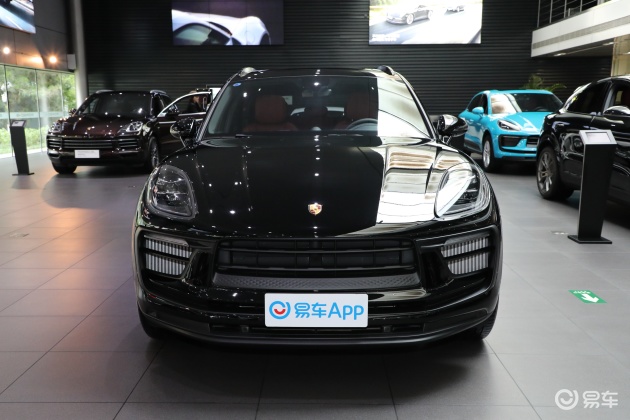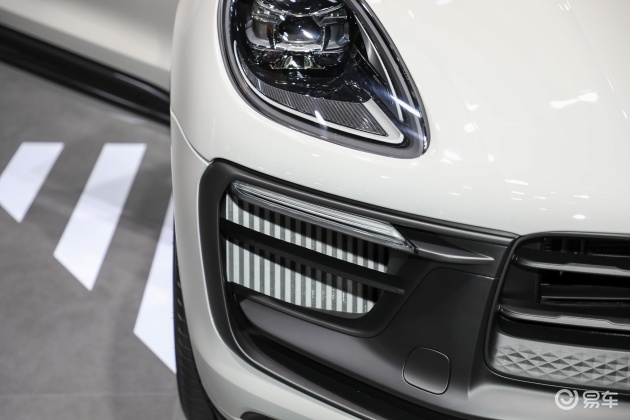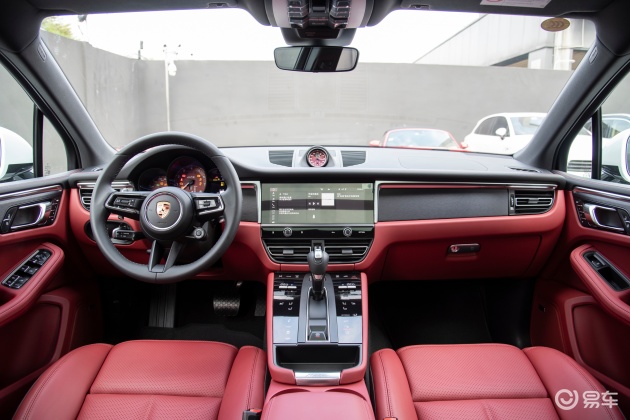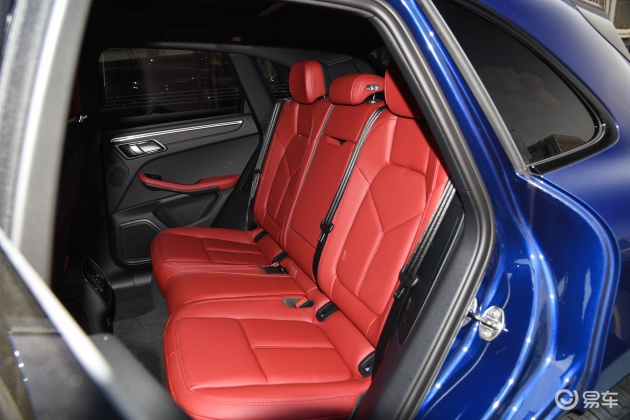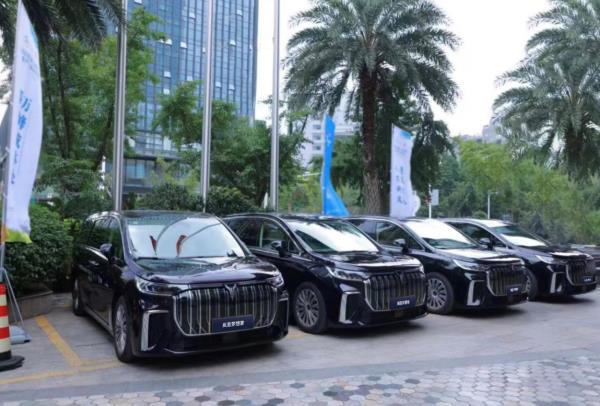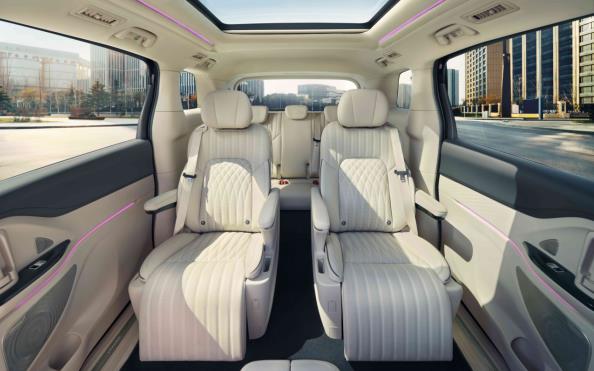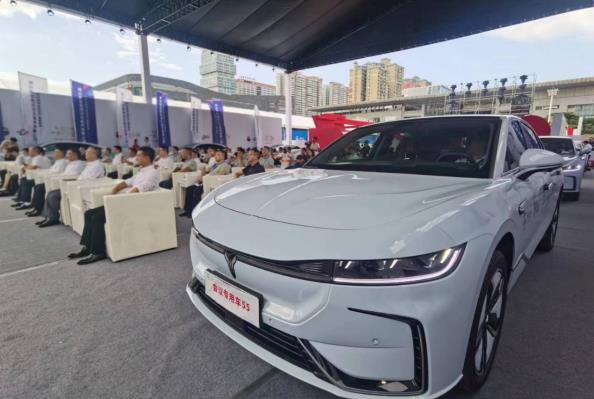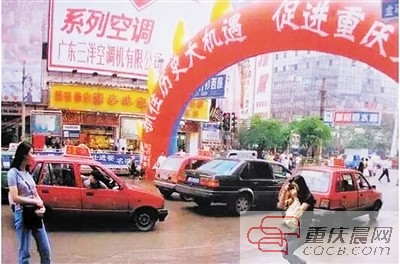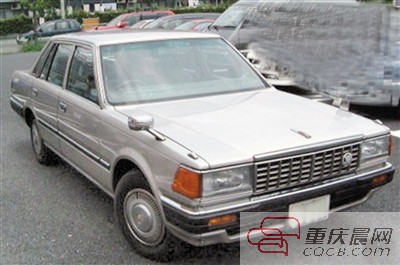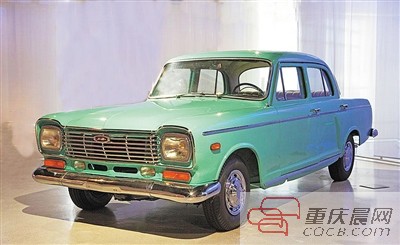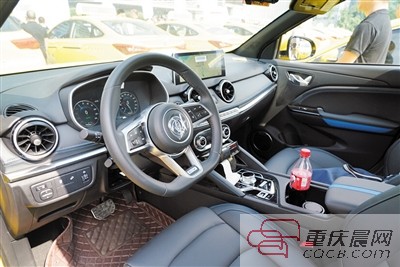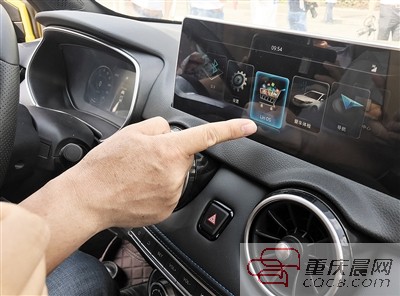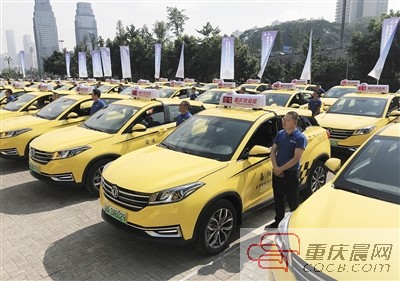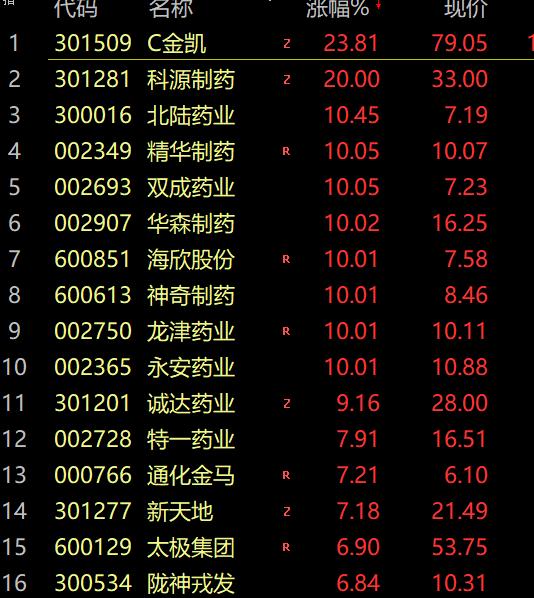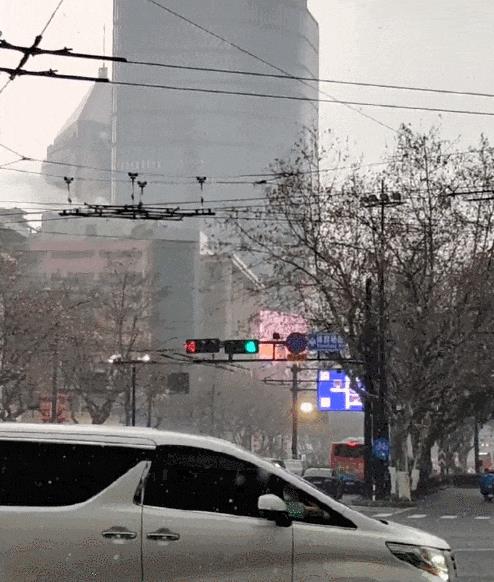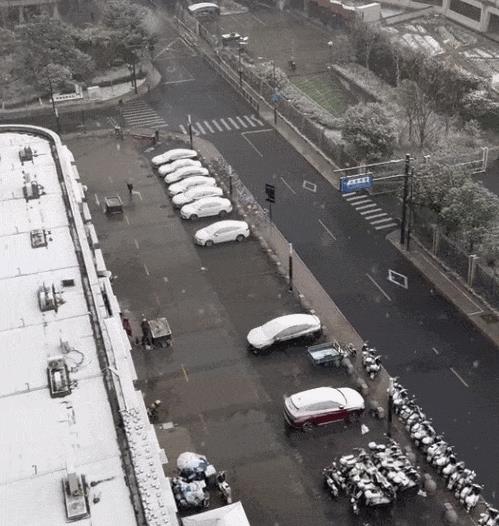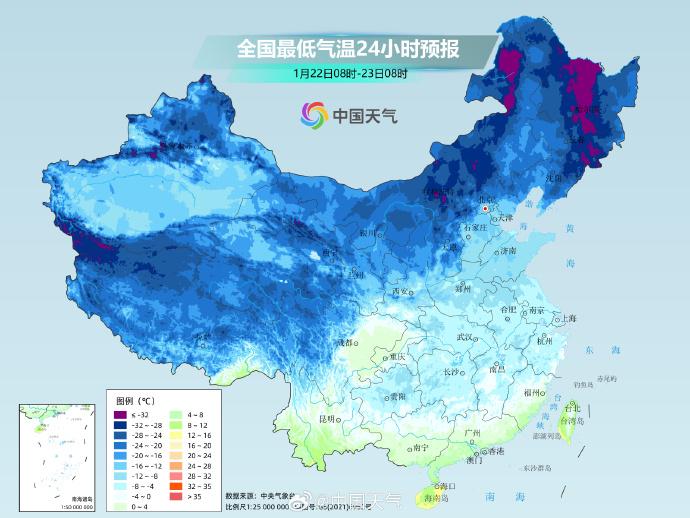"What to play on weekends" is a weekly game recommendation from touch music editors. Every weekend, we will recommend a new game of the week (occasionally there will be old games), which may be PC or console games or mobile games for your reference and choice; It may also be a collective evaluation of a popular or distinctive game, providing readers with multiple perspectives of a game.
When you stay in bed at the weekend and don’t decide what to do next, let’s see if there is anything you are interested in in our choices. Readers and developers are also welcome to seek reports from us.
Keywords: open world, national characteristics, fairy tale style
One word recommendation: Enjoy a childlike adventure on a tropical island.
Tchia is an open-world adventure game developed by Awaceb, an independent game studio in France. It has been put on PC and PS platforms on March 21st, and this game has been introduced many times before Touch Music. The founder of the studio is from New Caledonia, an overseas dependency of France in Oceania and a beautiful tropical archipelago. Many of the stories of Chia are inspired by local legends.
The protagonist is an aboriginal girl, Chia, who takes risks to save her father kidnapped by a mysterious person and travels almost everywhere in the archipelago. The open world experience of the game is relatively standard, but fortunately there is no full map question mark. There are bird’s-eye points everywhere on the map, and you can see the nearby points of interest through "shouting". Traveling along the coast, you can also see the port from time to time. It is not only a fast travel point, but also a rafting in the offshore.

No one can resist the tropical blue sea and blue sky.

Chia can explore a wide range of places, and the scenery styles are different.
Chia’s unique "soul jumping" ability enables her to possess animals and apply their special skills in a short time, which adds a lot of fun to the journey. Especially when the journey is far away, turning into a bird and running a deer can greatly shorten the walking time, and at night, you can get night vision through the eyes of cats. Beautiful scenery and harmonious neighborhood and animal relations make life on this island very dreamy and full of fairy tales.
On the whole, the fighting part of the game is not much, mainly jumping, flying, racing and other activities, and there are also many small games and competitive content scattered in the open world. The collections on the map often introduce some local cultures and legends to players. Totems that need to be carved by hand and ukuleles that need to be played by hand will also make the play process like a cultural journey.

Cultural experience is a very rich part of play.
The game screen style is bright and beautiful, and the music is also very amorous feelings, which is very suitable for casual players who like to watch the scenery. The only trouble is that the PC version of the game is currently exclusive to Epic, and the date of Steam’s shelf has not yet been determined.
store.steampowered.com/widget/1496590/
Keywords: short story, psychology, pointing click
One word recommendation: when bad emotions invade reality.
Looking Up I See Only A Ceiling was put on the Steam platform on March 9. The game is about the fantasies of a girl who is tired of bad mood. This is a visual novel game with a process of less than an hour, and I can feel the developer’s strong desire to express himself behind it. The game gives me a strong impression: the developer doesn’t care whether the story itself is attractive or not, but whether her feelings can be conveyed, or whether it can resonate with players who are also tired of bad emotions. This kind of expression and resonance constitute the source power of developers’ creation.
I have this impression because the story structure of the game is relatively simple, and the final summary is slightly thin-this is what makes me dissatisfied with the game. In my opinion, the greatest advantage of the game comes from sincerity. Although the whole story is simple, the temperament of "I have really experienced it" from beginning to end must be able to impress some people.

Only you can help yourself out of bad mood.

Who hasn’t been breathless by a dead line?
By the way, the artistic style of the game is quite good, with a faint sense of melancholy, which fits the theme very well, and the heroine’s vertical painting is also great. It’s good to spare a little time to play this game on weekends-at least it’s better than brushing short videos.
The game currently sells for 11 yuan on Steam.
(The game experience code is provided by the publisher IndieArk. )
store.steampowered.com/widget/1742930/
Keywords: adventure, exploration, fishing, suspense
A word of recommendation: explore the long-buried secrets in the deep sea.
DREDGE is a fishing adventure game with Cthulhu style. Players will drive fishing boats to the mysterious islands to fish, learn about the difficulties encountered in each area in the process of trading catches with local people, and equip your boat with better equipment with the exchanged money so that you can fish in the deep sea. But pay attention to the time, at night, there may be mysterious creatures hidden in the darkness …
Players will start from their new home "Marrows" in the remote islands, and gradually upgrade the engine of the ship, so that they can sail to neighboring areas. Each area has its own unique fish, villagers full of personality and secrets hidden in the depths. In the game, someone will invite you to go to the sea to salvage your old treasure, which will be an additional source of income. However, what kind of danger will be hidden behind it, and players need to explore it themselves.

Sail a fishing boat to the island

Deliver the fish on the order in exchange for payment.
The game has worked hard on inventory management and adopted a visual inventory system. The inventory we can see is the inventory of the whole ship, including the area where the engine, lighting equipment and fishing equipment are placed. Players must strike a balance between security and revenue.
The engine can make the ship sail faster, the ship lights can see farther at night, and the advanced fishing tackle can catch more advanced fish resources in exchange for payment. But correspondingly, there are more grids for placing hull equipment, and fewer grids for placing fish resources. If you reduce the equipment, you need to bear certain risks.

Inventory of the whole ship
The freedom of the game is very high, and the main line and branch line can be done as you like, and you can get mechanical parts for upgrading ships. In the game, night is the most critical, and it is also the time period when the mysterious atmosphere and horror elements are concentrated in the game. In the vast sea, only the lighthouse on the island and the floating belt around it have a glimmer of light. Be careful of the strange fishing boats that appear in the deep sea at night.
"Fishing Sail Surge" has landed on several major platforms and supports Chinese. Steam is sold in 110 yuan.
store.steampowered.com/widget/1562430/
Keywords: puzzle solving, science fiction, plot
One word recommendation: the plot of the remaining products of solving puzzles.
"Abby" is a domestic puzzle game on the mobile side, and won the Best Local Independent Game Award in the App Store in 2017.
What attracted me to download at first was its barren and sci-fi worldview setting: two robots, Abby and Didi, searched for white birds and traces of human beings in deserted cities. This setting reminds me of the movie Robot Story.

The doomsday wasteland painting style of Abby is very distinctive.
The game is played by manipulating two robots, Abby and Didi, and Jamie, a scientist with only brains, to explore maps, complete small tasks and solve puzzles step by step. Developers are friendly in the game system to give clues to solve puzzles, with the raiders, customs clearance is not difficult. The note on the map, the deserted city, the virtual projection of the big city and the monologue of the robot NPC "They don’t need me" suggest that the human beings in this world may have died, and Jamie in the form of robot is likely to be the last human being in the world.

Zach, who wrote the letter, didn’t come back
If we continue to dig deep into this virtual reality and the setting of a brain in a jar, it is possible to make a plot-oriented game like Thirteen Soldiers’ Defense Circle, but the developer of Abby hides the plot under props, screen background and dialogue, and the main line of the game is still to operate robots to solve puzzles. I can understand that this game is designed to play like this because of the limited volume of the game, but the story of NPC, the reason for the disappearance of human beings, Jamie’s future, etc., obviously can continue to talk, but they come to an abrupt end, which always makes me feel that the game is not over.
"Abby" has a double ending design. Comparatively speaking, I prefer the second one. Because there are companions, even if the journey is difficult, it is not lonely. Moreover, Jamie is very weak after returning to human form, and I am worried about whether he can survive in a decaying city without animals and plants.
The game is sold in 6 yuan on the App Store, and it takes about 3 hours to clear customs. Although it’s 2D, there are various ways of interaction, which, in the words of the developer, means "balancing between art and technology". The process of solving puzzles is also very interesting, which requires players to consider the size of two robots and complete various operations.
The game was released in 2016 and the DLC was completed in December 2022, so now is a good time to experience the whole body. Interested players should not miss it.
Keywords: visual novel, plot
One word recommendation: the long dream will come to an end.
Lao Han ran all his life in the mountains of western Hunan.
In order to deliver letters, he walked through the paths between fields, waded through muddy mountain roads and climbed the steepest fall in Ma Po. He never thought that he would be unable to walk one day, and he would be chained to this white building called "Mental Health Center". Who is this middle-aged woman who calls herself "Dad"? Why did the young man in his thirties say he was his grandson? Where did your old parcel go? Lao Han doesn’t understand. Lao Han can’t sit still. He has to go out to deliver letters. Without him, who should take the letters from those villages?
Also, where did his lover, Qi Mei, go?

His seventh sister and the peach tree in his dream
Long Dream tells the story of an old man suffering from Alzheimer’s disease. If you have played Bad Kids, also produced by Wild Monkey Studio, you should be familiar with the characters in Long Dream: Wang Han, the grandson of the protagonist Lao Han, is the protagonist of Bad Kids. More than ten years after the story of "Bad Kids" ended, Wang Han stepped into the team of "Ben Si" from an ignorant pupil. Wang Han, a 30-year-old mother, Han Kangmei, who is nearly 60 years old, and Lao Han, who is close to 90 years old, gathered in the hospital because of Lao Han’s illness, which inevitably produced various contradictions, conflicts and misunderstandings.
Compared with Bad Children, which is mainly from the perspective of Wang Han, Long Dream has made great progress in expression, narrative technique and performance. The player’s perspective is constantly switching between Wang Han and his grandfather Lao Han. From Wang Han’s perspective, you can see the mental health center. With the help of Lao Han’s perspective, you can understand his past in Lao Han’s memories. In the course of his story, Wang Han and Han Kangmei will also appear in these old scenes in an interesting way to evaluate Lao Han’s memories.

Wang Han and Han Kangmei "hidden" in the electric meter
The story of "Long Dream" also tells the misunderstanding between three generations and their respective difficulties: the contradiction between Han Kangmei and his father Lao Han, Wang Han’s nostalgia for his grandfather Lao Han, and the incomprehension between Wang Han and his mother Han Kangmei. If "Bad Kids" is composed of memories of the 1990s, "Long Dreams" adds more dilemmas faced by contemporary people. When mother Han Kangmei smoked a cigarette and asked Wang Han, "What if I am like your grandfather when I am old …", the unfinished half sentence eventually drifted away in the smoke.

Lao Han and Han’s Anti-American Past
At present, a free trial version of the game has been released, which lasts about 1 hour. The full version will be officially launched on April 11th.
store.steampowered.com/widget/2149720/
